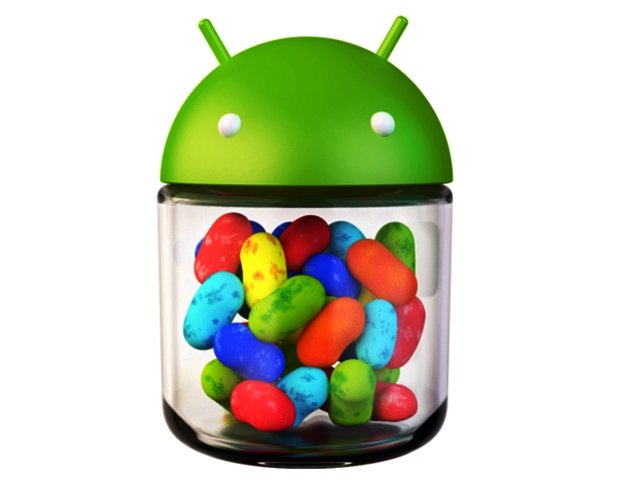Google unveils Android 4.1 Jelly Bean
By Hanleigh Daniels 28 June 2012 | Categories: news
Google has announced the next iteration of its Android mobile operating system (OS) called Jelly Bean (Android 4.1), at its Google I/O developer conference currently underway in San Francisco.
The company made a number of enhancement to the user interface (UI) of Android in order to make it more responsive and less prone to lag. Android 4.1 adds triple buffering in the graphics pipeline, which according to the company translates to more consistent rendering that makes the UI transitions from scrolling to animations smoother.
Enhanced homescreens and notifications
Another new UI element is the new homescreen that will automatically adapts to fit a user’s content (app shortcuts, folders and widgets). Jelly Bean introduces improved application widgets that can automatically resize, based on where a user places them on the homescreen, their size, as well as the amount of room available on the homescreen. Users will be able to remove apps and widgets from the homescreen simply by ‘flicking’ them off the screen.
Android 4.1 brings a major update to the Android notifications framework. Apps can now display larger, improved notifications, which can be expanded or collapsed via a pinch motion. In addition, notifications also support new types of content such as photos.
Android Beam improved and higher-resolution contact photos
As within Android Ice Cream Sandwich running devices, Android Beam makes it easier for users to share content including high-resolution photos and HD videos. Android Beam is a NFC (near field communication) based technology that enables smartphone users to instantly share content, by touching two NFC-enabled mobile phones together.
Within Jelly Bean, Android Beam now supports Bluetooth to assist with data transfer, enabling users to play music on NFC-enabled speakers for example. The smartphone will be paired with the speakers via NFC, whilst the music will be transmitted to the speakers via Bluetooth.
Users will now be able to store contact photos as large as 720 x 720, with apps being able to retrieve these sized photos or utilise other sizes if needed.
Offline voice input and better camera functionality
Jelly Bean allows users to employ voice input, even when their smartphone isn’t connected to the web. So now, a user can tap on the microphone to dictate a message, even whilst the device is airplane mode for instance.
Google also improved the Android camera app, so that users are now able to review the photo they just captured, with a simple swipe to the left. Users are also able to delete photos by swiping a pic off the screen, but if they accidentally do this for the wrong image, they will be able to get the photo back by tapping the undo button.
Check out Google’s Jelly Bean video posted below. According to Engadget, Jelly Bean will be rolling out to Galaxy Nexus, Nexus S and Xoom mobile devices during mid-July.
In other related news, Google also showcased its new 7" Nexus tablet, which was built in conjunction with Asus and boasts a Nvidia Tegra 3 T30L quad-core processor, clocked at 1.2 GHz, 1 GB of RAM as well as an LCD screen that features a resolution of 1280 x 800.
Most Read Articles

Have Your Say
What new tech or developments are you most anticipating this year?



